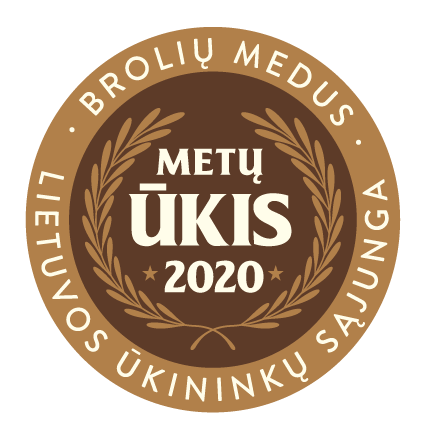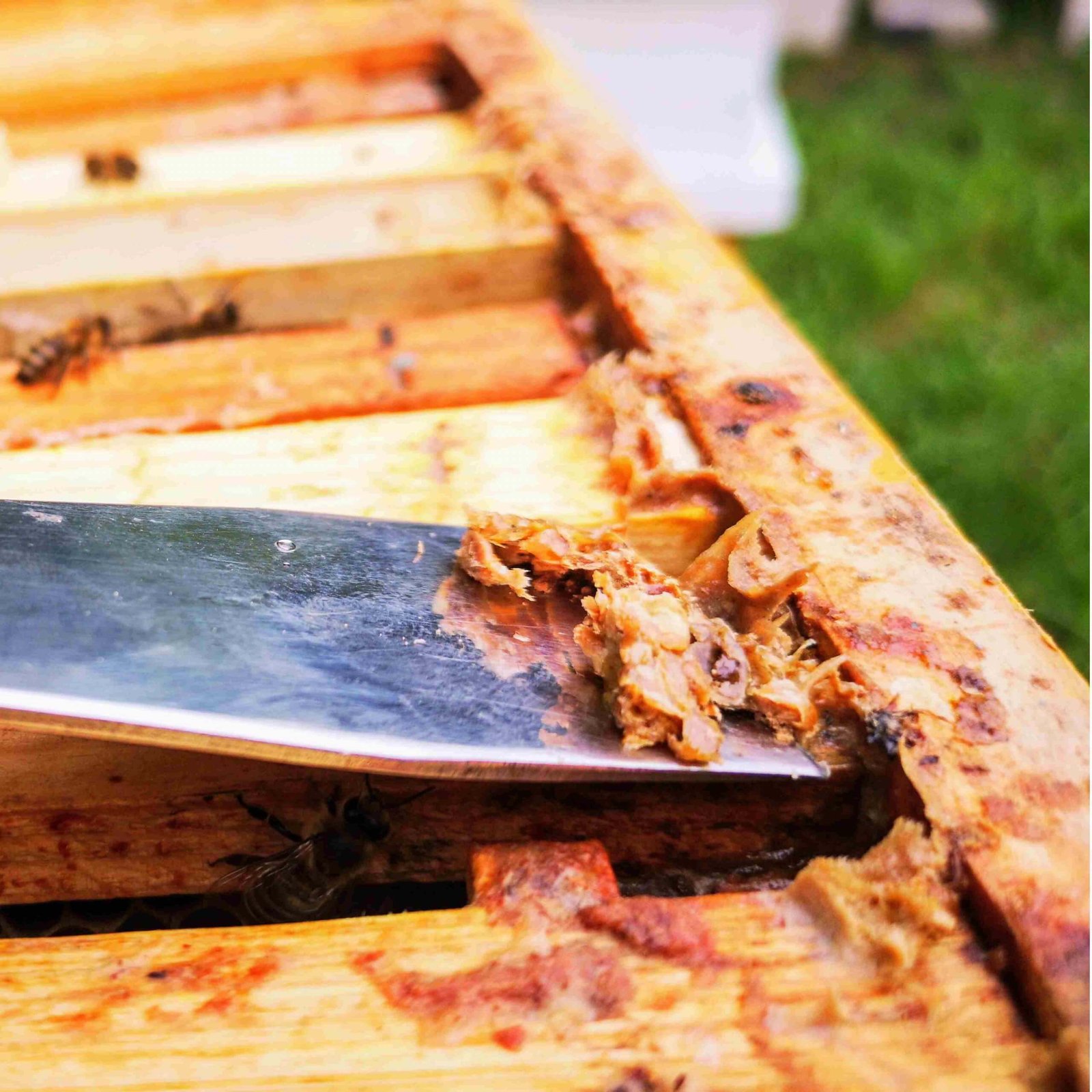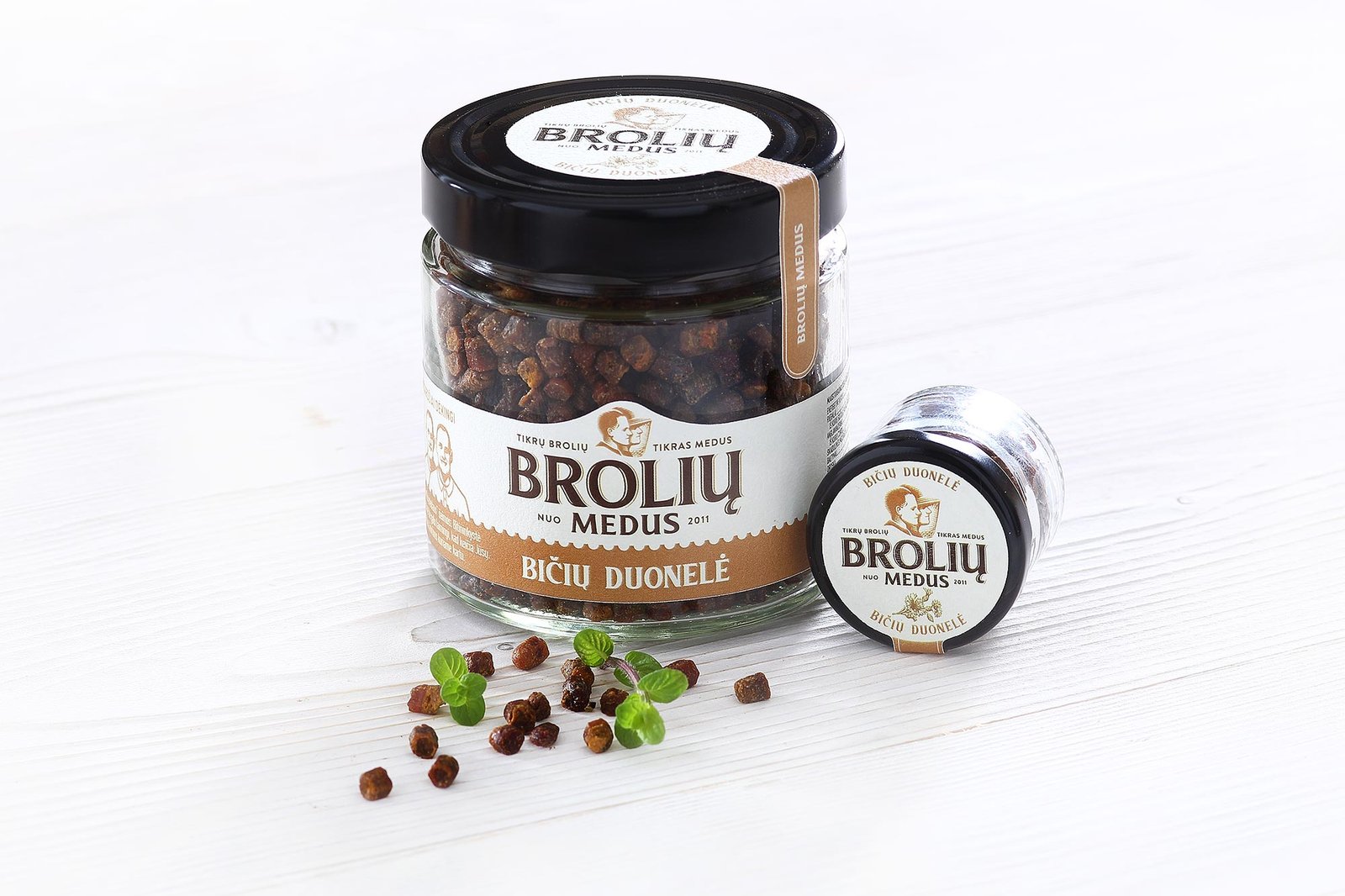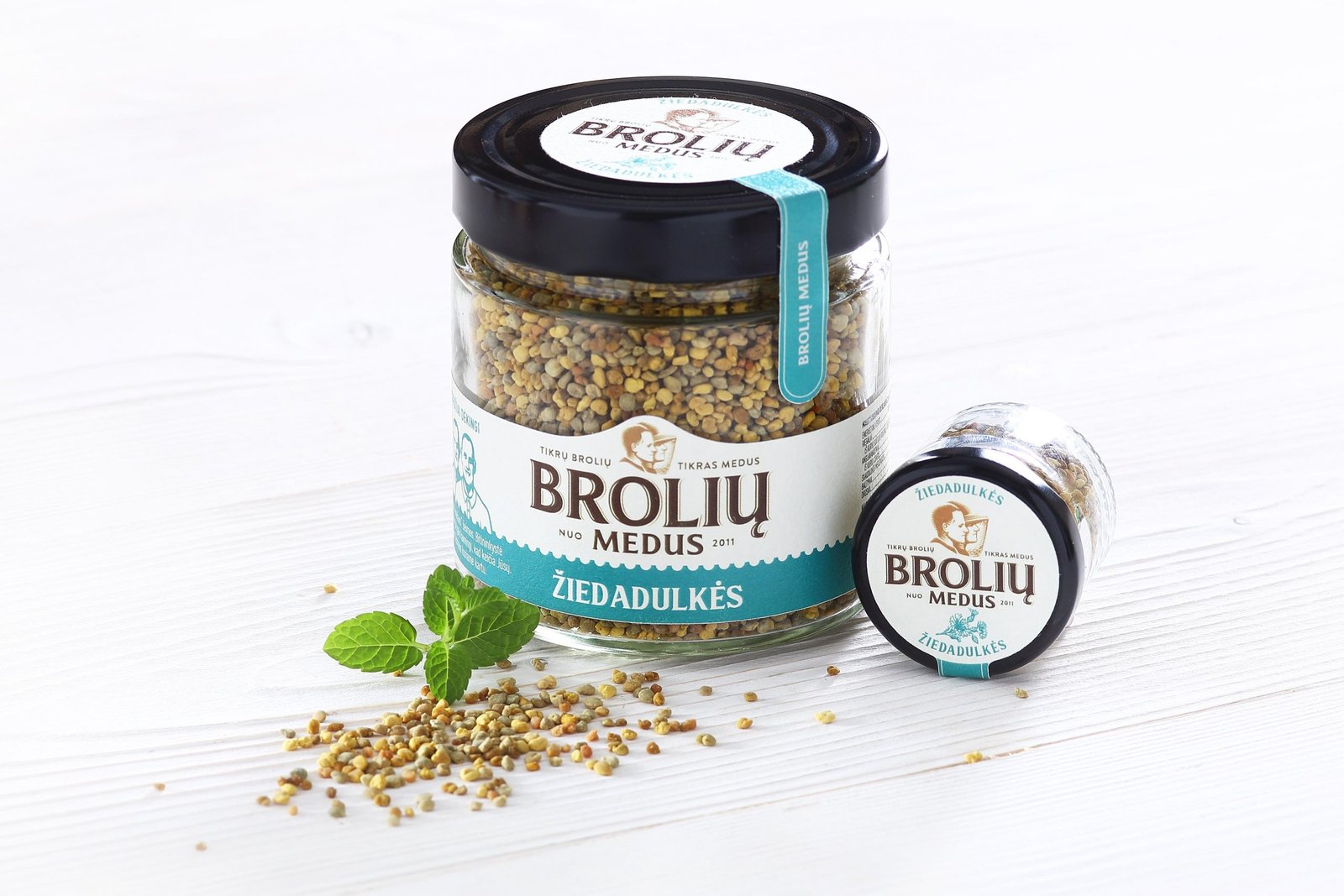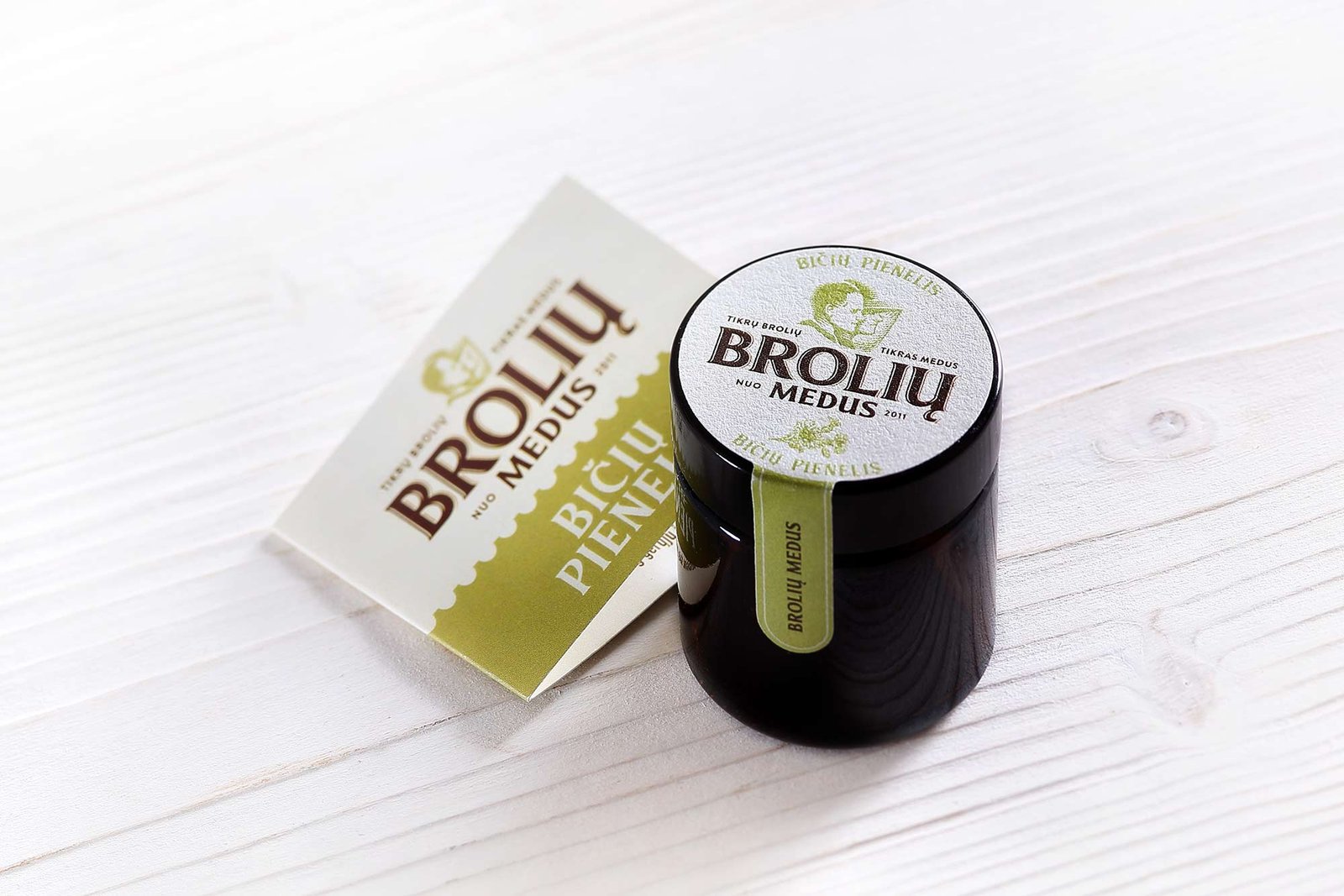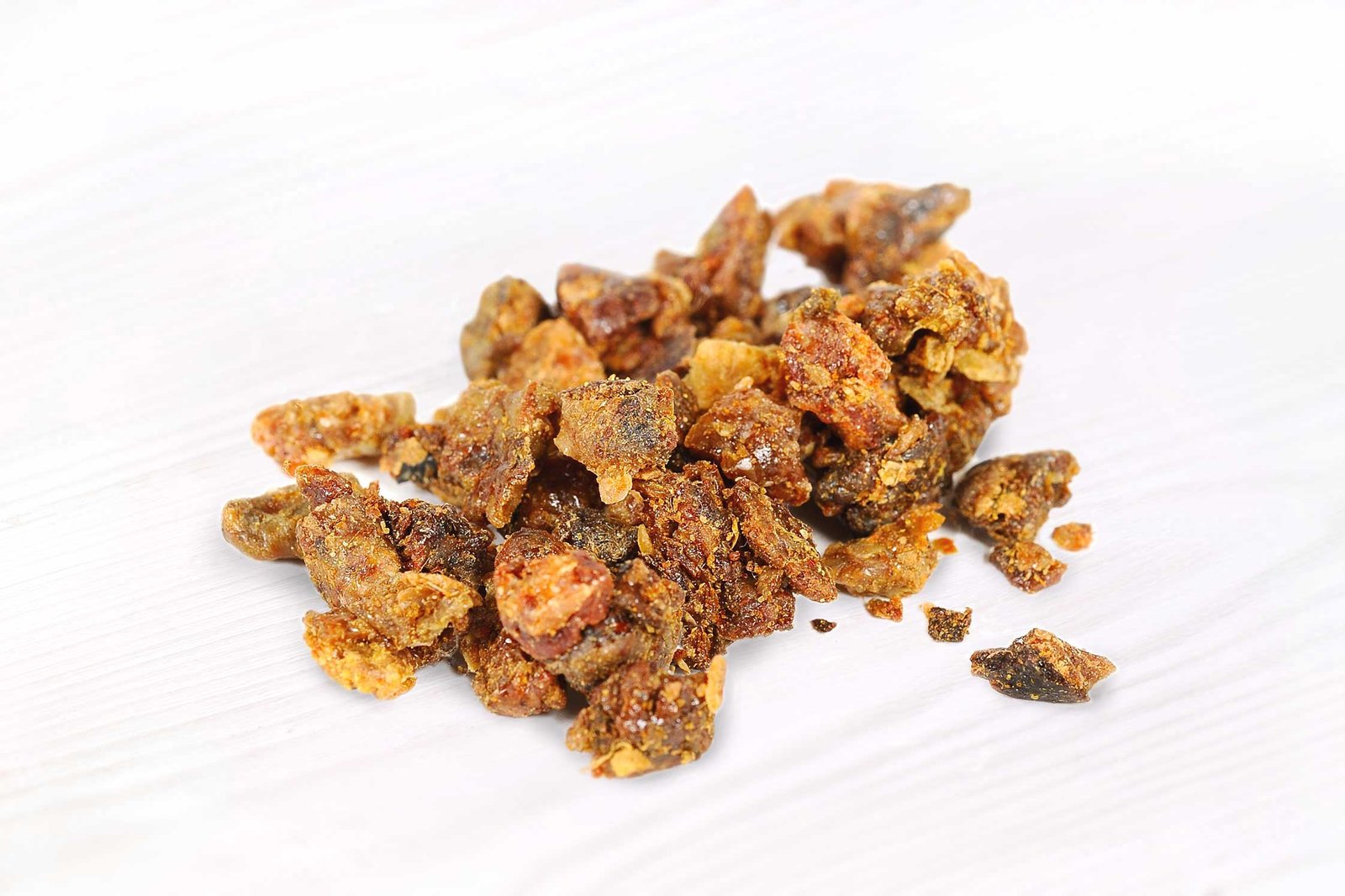Firstly, we would like to confirm that propolis and bee glue are one and the same thing. Propolis is the more international word, while bee glue is the more colloquial version. Lately, there has been a lot of interest in this bee product, which is why we prepared a comprehensive article based on scientific evidence. We’ll talk about what propolis is, what benefits it offers and how to consume it.
We hope this will be useful! Happy reading…
Quick facts
| Composition of propolis | ~ 50% flavonoids, phenolic acids and their esters
~ 30% wax and fatty acids ~ 10% essential oils ~ 5% pollen |
| Vitamins and minerals in various proportions | C, B1, B2, B3, B5, B6, E, Sr, Ba, Cd, Sn, Pb, Ti, Ag, Co, Mo, Al, Si, V, Ni, Mn, Cr,Na, Mg, Cu, Ca, Zn, Fe, K |
| Benefits of propolis | Anti-inflammatory, anti-bacterial, anti-septic, cancer-fighting, anti-hypertensive effects and other effects. |
| Consumption | Propolis is consumed dissolved or extracted in water, oil or alcohol. |
| Shelf life | indefinite |
What is propolis (bee glue)?
Propolis is a substance produced by bees, just like other bee products. Bee glue is made of wax, bee saliva and other secretions as well as various plant resins. As with other bee products, scientists have not quite figured out the exact composition of bee glue because no one can follow each bee… However, some things have been observed: that bees collect plant resins from young buds on their back legs, just like pollen, which they then remove upon returning to the hive, mix with wax and reprocess. So according to various scientific sources, such a product can contain about 180 various components. Wow!

Bee glue — or propolis — is what the bees use as a glue and sealant to protect themselves from predators and various pathogenic intruders.
Like every drop of honey , every piece of propolis is also unique in its composition. Because the main antibacterial effect of propolis comes from the plant resins, its effectiveness also depends on the specific effectiveness of the predominant plant resin. This is why bee glue from a pine wood will have certain properties, while a bee glue from a meadow will have others.
In order to explain what propolis is, we must delve deeper into its function in the hive. Bees do not produce it simply because they have nothing better to do. In the hive, propolis serves as a sterile glue. Bees use it to seal off gaps and holes in order to protect themselves from visible and invisible enemies: bacteria, viruses, fungi, pests and predators. So, bees use propolis as an antiseptic, antiparasitic and antimicrobial substance.
From 25°C to 45°C propolis is sticky, and from 60°C to 70°C or even higher, it begins to melt.
Benefits of propolis for the human body
In general, the benefits of bee glue can be described as anti-inflammatory, antimicrobial and as reducing oxidative stress. In terms of beneficial impact, propolis surpasses many plant-based preparations because its composition is much more rich and impressive. So, what is bee glue useful for?
Antibacterial and antiviral effect
Studies show that propolis can destroy viral RNR before it enters a cell, thereby preventing the reproduction of the virus. This effect was observed with various viruses, including different strains of the Herpes virus. In these studies, various types of widespread bacteria such as Staphylococcus, Streptococcus, E. colli and others also failed to resist the antibacterial effects of propolis. The operational principle of propolis is relatively simple: it dismantles the bacteria’s wall and part of its cytoplasm, thus disrupting protein synthesis, which means that the bacteria can no longer reproduce.
Fungicidal effect
The fungicidal properties of propolis were observed in studies of common pathogenic yeasts, Candidiasis and other pathogenic fungi. The polyphenols and other active components of bee glue interrupt the reproduction of the fungus through its spores, preventing its spread. They also contribute to wound healing.
Cancer-fighting effect
Much like other bee products, bee glue has properties that interrupt the growth of tumours. It stops the reproduction of cells with abnormal growth cycles and their spread to surrounding tissue, and it encourages apoptosis (timely death), potentially reducing tumour size.
Anti-inflammatory effect
Because of the flavonoids contained within it, bee glue acts as an anti-inflammatory. Once they enter the source of inflammation, the active components inhibit the inflammation and stimulate healing processes.
Liver protection
Because bee glue has potent antioxidative properties, it has been observed to help protect liver cells from the toxic effects of mercury and to reduce oxidative stress. In studies with lab mice, it also helped protect the liver from alcohol-induced damage.
Antioxidative effect
Propolis, like other antioxidants, interrupts the accumulation of free radicals. Because free radicals are closely linked to ageing and cell damage, propolis can help delay the progression of various free radical-related diseases: Parkinson’s, Alzheimer’s syndrome, arthritis, cancers, diabetes and cardiovascular diseases. It also supports red blood cell counts by reducing the lipid peroxidation processes within the red blood cells.
Wound healing effect
Propolis stimulates the accumulation of collagen and other wound-healing components at the wound site, while decreasing numbers of free radicals that work against wound healing. It improves blood circulation as well as various enzymatic processes that help tissue regenerate faster. In addition to all this, it also helps wounds heal by preventing the reproduction of various microorganisms. In conclusion, the consumption of bee glue can help heal both external and internal wounds.
How to consume bee glue
There are different ways to consume propolis. The most popular method is to consume bee glue in liquid form, i.e., dissolved in oil, water or alcohol.
Pure bee glue
Unprocessed bee glue is chewed much like chewing gum and should not be swallowed. A piece of pure bee glue can also simply be placed on an aching tooth.
Propolis solution
A water- or ethanol-based propolis solution is typically used in the form of drops or a spray. You can use store-bought propolis solution or make some yourself. In our article on How to make bee glue extract we present three simple recipes for using bee glue.
Propolis oil
Propolis oil is suitable for treating external wounds and treating nose and throat ailments. You can also make propolis oil yourself by mixing and heating pure oil with propolis at ratio of 10:1 or 20:1. Importantly, heat the mixture in a water bath in order to maintain an average temperature. Heating the water too much will result in the destruction of some of the active ingredients.
Bee glue, much like the other bee products, are a true gift from the bees. Consume in moderation, responsibly and respectfully. The bees worked really hard to make it.
To your health and happiness!
Our organic bee propolis and other products
Bee bread
€2.70 – €14.80
Bee pollen
€2.15 – €6.20
Sources:
- Anjum SI, Ullah A, Khan KA, Attaullah M, Khan H, Ali H, Bashir MA, Tahir M, Ansari MJ, Ghramh HA, Adgaba N, Dash CK. Composition and functional properties of propolis (bee glue): A review. Saudi J Biol Sci. 2019 Nov;26(7):1695-1703. doi: 10.1016/j.sjbs.2018.08.013. Epub 2018 Aug 17. PMID: 31762646; PMCID: PMC6864204.
- Pasupuleti, V. R., Sammugam, L., Ramesh, N., & Gan, S. H. (2017). Honey, Propolis, and Royal Jelly: A Comprehensive Review of Their Biological Actions and Health Benefits. Oxidative medicine and cellular longevity, 2017, 1259510. https://doi.org/10.1155/2017/1259510
- Wagh V. D. (2013). Propolis: a wonder bees product and its pharmacological potentials. Advances in pharmacological sciences, 2013, 308249. https://doi.org/10.1155/2013/308249

